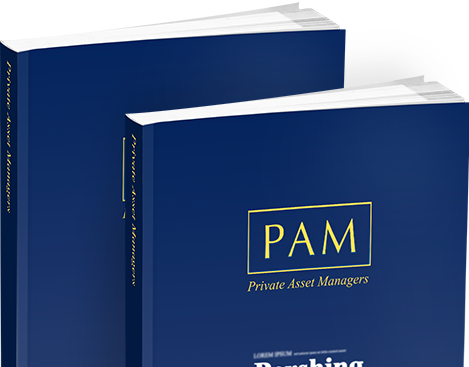Each of the private wealth advisers described in Chapter two may take different approaches to managing your financial affairs. But there are certain key elements that should be included in any wealth management approach.
The ultimate aim of this process is to achieve your financial objectives. This can only be done once you and your adviser have determined the time scale in which you want to achieve your goals and the level of investment risk with which you are comfortable, as well as drawing up a lifetime cash flow forecast. The planning should also ensure your assets are passed to your beneficiaries in the manner you wish and are structured in the most tax efficient fashion possible for you and your beneficiaries.
This chapter takes you through the financial planning process, so you are armed with the right information and know what to expect from your adviser. The financial planning process is divided into two key parts planning and implementation. This chapter will focus on the planning process, with later chapters going into greater detail about the implementation.
Different wealth managers will be used for these two stages. For example, an asset manager is likely to be called on to manage your investment portfolio, but determining the asset allocation, investment objectives and level of risk will usually be carried out by you and your wealth manager, such as a private banker, and IFA, or more specifically a wealth or financial planner.
The PAM Directory is a comprehensive guide on comparative data focusing on asset managers, investment managers, private banks, stockbrokers, wealth managers and multi-family offices, who provide discretionary and/or advisory portfolio management services for private clients.
Order Now
Subscribe to PAM to hear about the latest news and promotions
Site Content Copyright PAM Insight Ltd 2016
This option is not available when logged in as a Private Asset Manager.
For registering with PAMonline. You should now receive an email asking you to verify your email address. If you do not receive this email, please call +44 (0)207 967 1601 for assistance.
To reset your password please enter code below.
To restore your password please enter your email below.
To see full information of the Private Asset Managers, plus the opportunity to rate and follow, login or register
For registering with PAMonline.
You should now receive an email asking you to verify your email address.
If you do not receive this email, please call +44 (0)207 967 1601 for assistance.
To return to the Home page, click here
To see full information of the Private Asset Managers,
plus the opportunity to rate and follow, login or register.
Please fill in all the fields.
To activate your account enter valid activation code below.
To resend activation email type in your registered email address below. Or contact the PAM office on +44 (0)20 7967 1608 to get instructions to activate your account.
